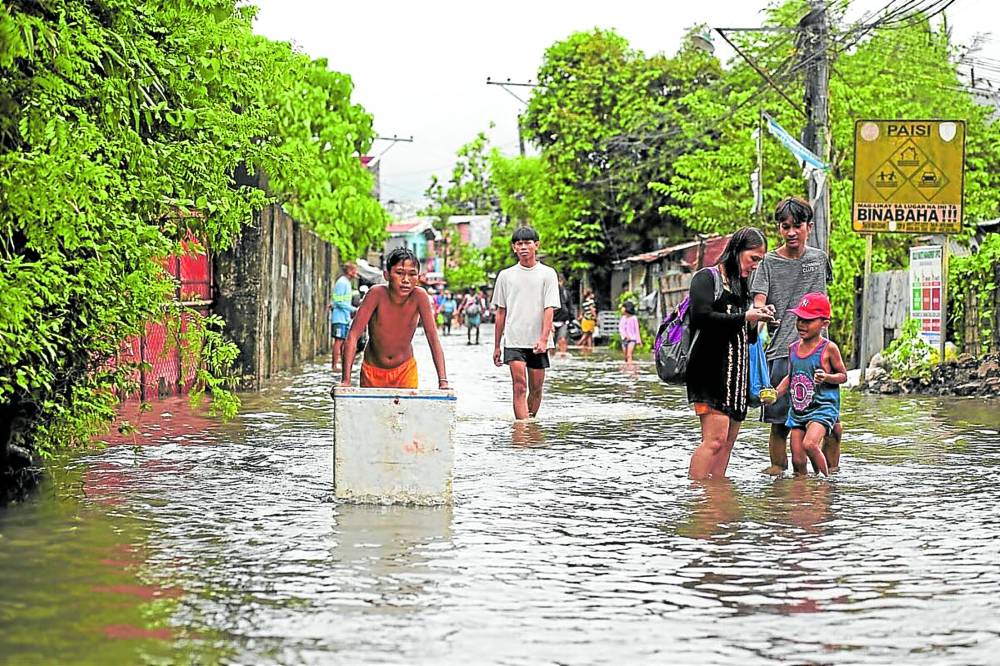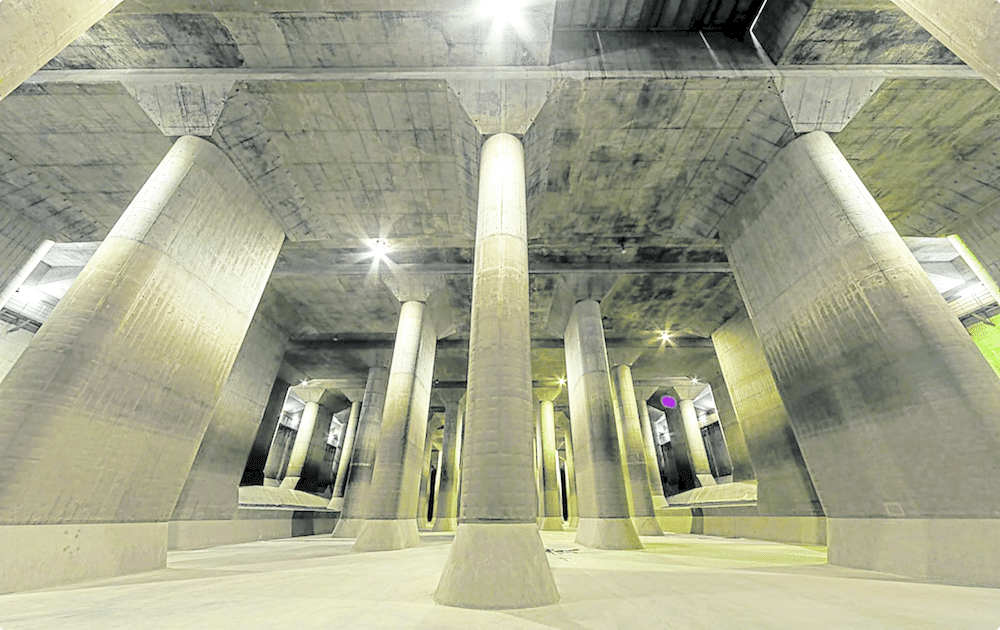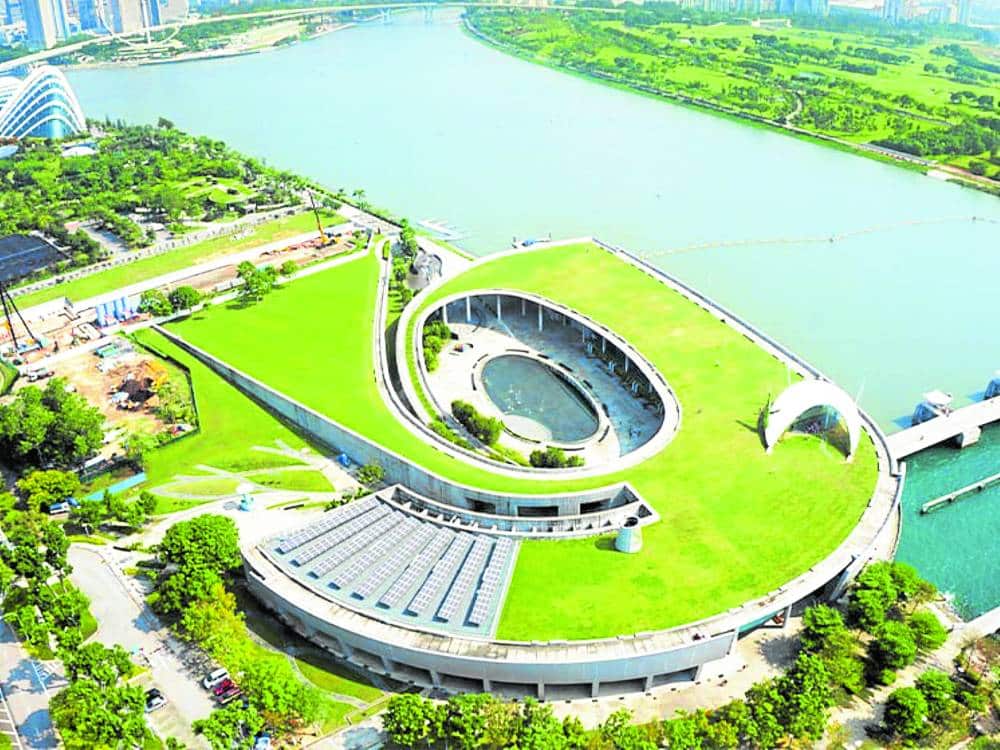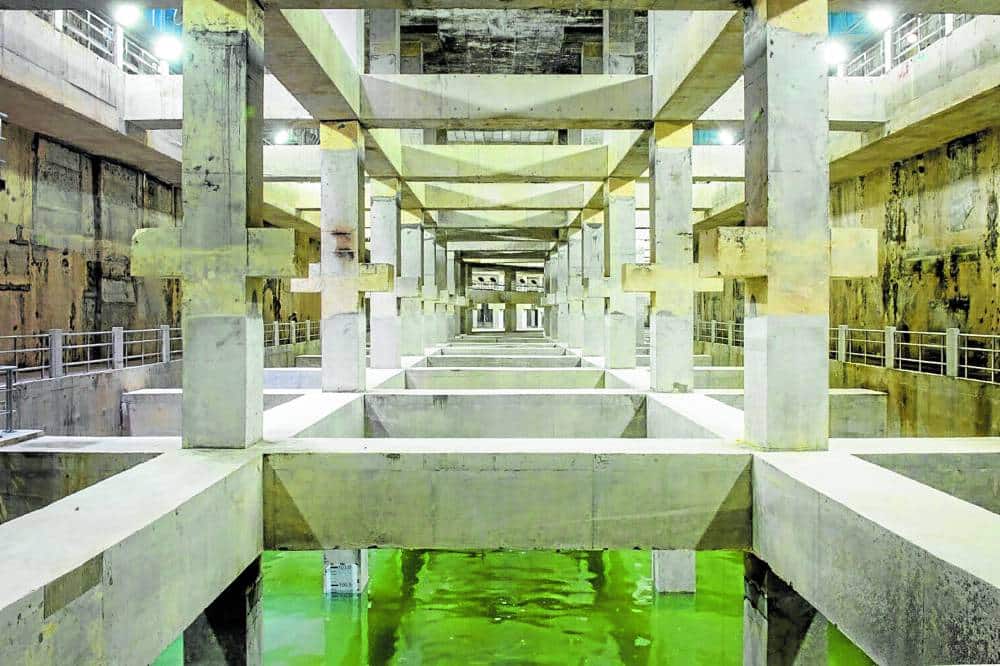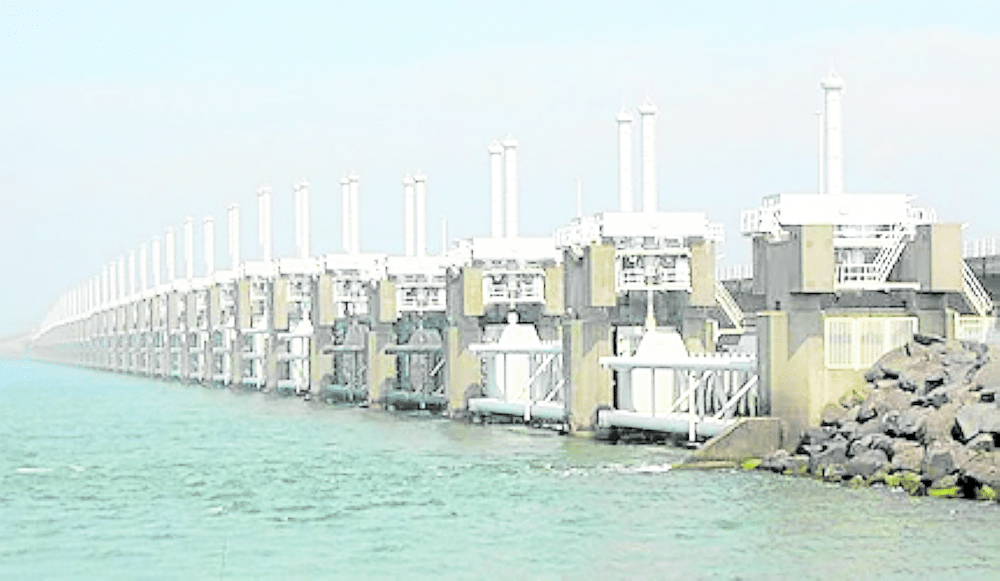The runaway crisis of flooding in the Philippines
The Philippines faces a harsh and often unforgiving reality due to the increasing severity of super typhoons.
Year after year, these storms devastate the archipelago, uprooting communities and taking lives. As climate change intensifies, the frequency and power of these typhoons only seem to grow, wreaking havoc across urban and rural regions.
Images of waist-deep waters and submerged neighborhoods have become far too familiar. It’s time to recognize that these are not isolated incidents but recurring disasters. Each event underlines the urgent need for proper infrastructure planning, urban planning foresight, and competent governance.
Identifying the real problem

Singapore tackles flooding issue through advanced drainage infrastructure, real-time water monitoring systems, and introducing green features like bioswales and detention tanks integrated into urban design. (PUB, Singapore’s national water agency)
Each year, countless lives are disrupted by flooding that could have been averted or at least mitigated with proper planning and foresight.
The key to preventing such disasters lies in the hands of qualified professionals who understand the intricacies of urban planning, infrastructure development, and disaster management. The appointment of individuals lacking the necessary expertise only serves to undermine the development of crucial programs that could protect lives and property.
Proactive measures, genuine expertise
It’s time to move away from the romanticized notion of Filipino resilience and focus on proactive measures. The government must appoint individuals with genuine expertise in urban planning, flood control, and emergency management.
The most effective disaster mitigation strategies are those that anticipate and prevent crises, rather than react to them. By appointing qualified professionals to key positions, we can ensure that decisions are based on expert knowledge, informed data, and a deep understanding of the landscape.
International solutions to flood mitigation
Countries worldwide have dealt with similar crises but have adopted solutions that have vastly improved their resilience.
The Netherlands, for example, faces an existential threat from flooding, yet it leads in flood management through a combination of advanced infrastructure and strategic planning. The Dutch have set a global standard for mitigating flooding in low-lying areas with their Delta Works project, a massive series of dams, sluices, locks, and barriers.
Similarly, Japan, facing frequent typhoons, has invested heavily in constructing massive underground tunnels and stormwater tanks. The Tokyo Metropolitan Area Outer Underground Discharge Channel, one of the most extensive facilities of its kind, effectively redirects floodwaters to protect Tokyo from inundation.
These interventions took time and effort to happen. They resulted from a concerted effort by experts with deep hydrology, engineering, and urban planning knowledge.
Another example is Singapore, which tackled this issue through advanced drainage infrastructure, real-time water monitoring systems, and introducing green features like bioswales and detention tanks integrated into urban design. This holistic approach prevents floods and enhances urban resilience by utilizing natural processes to complement engineering solutions.
What can we learn from these
For its part, the Philippines must develop a cohesive and well-planned flood management strategy, employing experts capable of leading efforts on par with those in other parts of the world.
It is important to remember that international models like those of the Netherlands, Japan, and Singapore are adaptable. They can be localized to fit the Philippines’ specific geographical and socio-economic context.
So, what’s the real hurdle?
The author (www.ianfulgar.com) is a leading architect with an impressive portfolio of local and international clients. His team elevates hotels and resorts, condominiums, residences, and commercial and mixed-use township development projects. His innovative, cutting-edge design and business solutions have garnered industry recognition, making him the go-to expert for clients seeking to transform their real estate ventures

